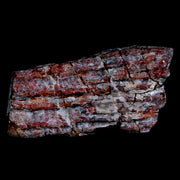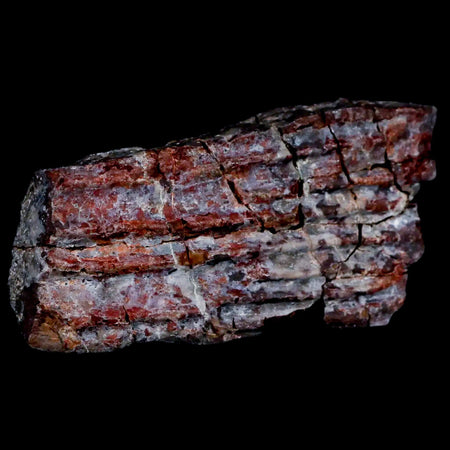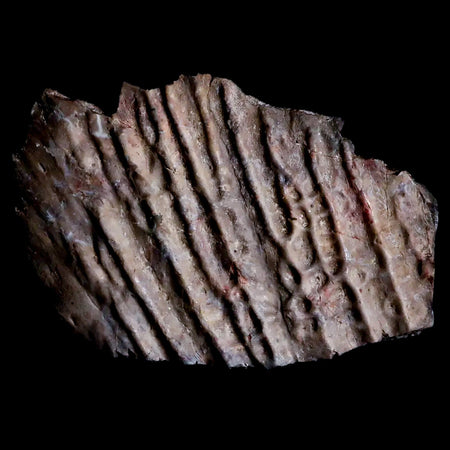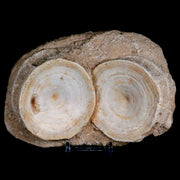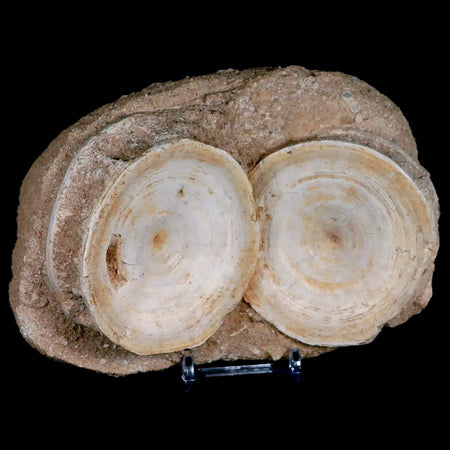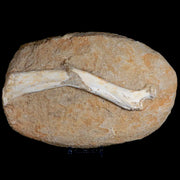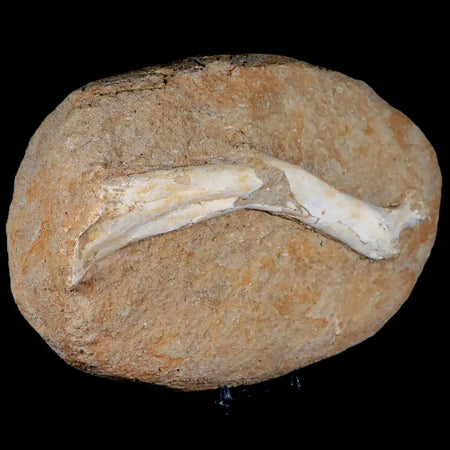0.3" Dimetrodon Claw Fossil Permian Age Reptile Waurika Oklahoma COA, Display
Location: Ryan Formation, Waurika, Oklahoma
Weight: 0.3 Ounces
Gem Jar Dimensions: 32MM
Claw Dimensions: 0.3 Inches Long, 0.2 Inches Wide, 0.1 Inches Thick
Comes with a free Gem Jar display.
Comes with a Certificate of Authenticity.
The item pictured is the one you will receive.
Dimetrodon Limbatus belongs to a group called the synapsids, which includes all living mammals and a menagerie of extinct animals extending back to about 305 million years ago. Being an ancient animal that looks different from modern-day mammals, non-mammalian synapsids are often mistaken for reptiles and dinosaurs. Although synapsids and reptiles descend from a common ancestor, neither group is directly ancestral to each other. Plus, Dimetrodon became extinct about 60 million years before the first dinosaurs even evolved. That’s almost the same amount of time that separates humans from Tyrannosaurus.
Because of the sail’s size and imposing appearance, scientists proposed that it could have been used for intimidation or defense. However, these theories don't hold fast when you consider that Dimetrodon species were medium- to large-sized carnivores and the apex predators of their communities. The different species ranged in length from 1.7 to 4.6 meters (5.5 to 15 feet) and weighed between 30 and 250 kg (65 and 550 lb). They were the predators of such large prey as the amphibians Diadectes and Eryops, the latter could reach about 90 kg (200 lb) in adulthood. In addition, the sail was a relatively weak structure; the upper parts of the spine were embedded in a thin, soft tissue and lacked muscles. So, it seems unlikely that the animal would develop such a defense mechanism that couldn’t really defend against predators that, well, didn’t really exist.














